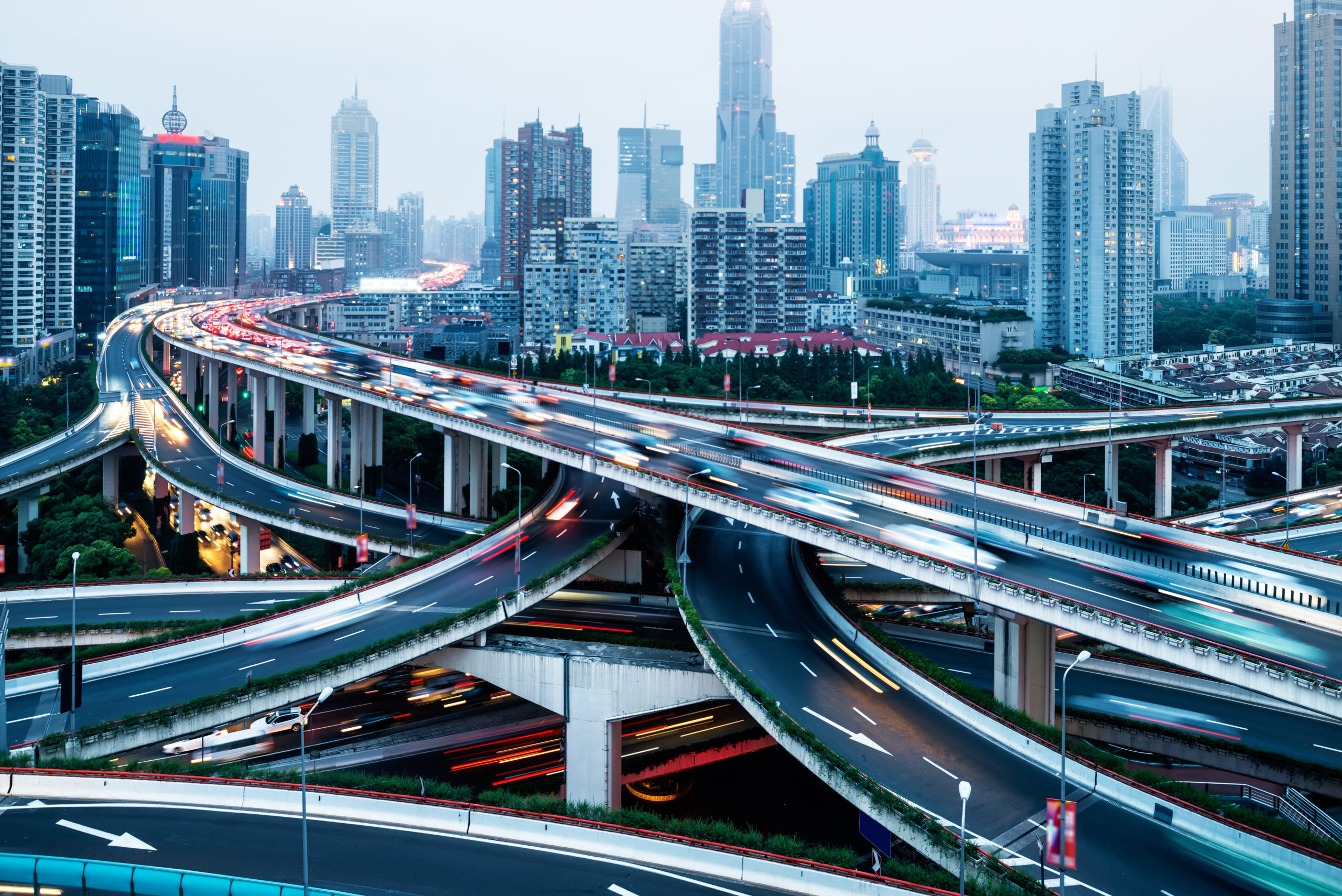The conventional wisdom tells us that the U.S. transportation infrastructure is in dismal condition. Averaging D+ for 16 categories, ASCE (the American Society of Civil Engineers), gave the U.S. transportation infrastructure a failing grade:
 A 2020 paper, though, says it’s not nearly so bad.
A 2020 paper, though, says it’s not nearly so bad.
U.S. Transportation Infrastructure
From 1999-2017, for interstate highways, bridges, subways, and buses, conditions were primarily consistent or improving. At the same time, congestion and spending went up.
According to the International Roughness Index (Yes there really is one. It measures the bumps.), between 1992 and 2007, road surface got no worse. And, more recently, while the condition of our interstate highway system improved “dramatically,” traffic doubled. Similarly, bridge data covering 1990-2017 indicates that even as traffic moderately increased, bridge quality was constant.
For public transit, the news was mixed. Younger and bigger, our buses are carrying the same number of people. But, the subways are a problem. With NYC representing close to 70 percent of all subway riders in the U.S., its average subway car, more than 20 years old, is in disrepair. However, at the same time, the NYC subway system doubled its ridership.
Our Bottom Line: Infrastructure Spending
So, although our roads are not crumbling, and our bridges and buses are okay, what to do?
The paper’s authors suggest that current spending just shifts local economic growth rather than rippling it. They also point out that congestion is tough to decrease because more roads create more traffic. Still though, the congestion throughout our transportation infrastructure is the problem. Rather than deteriorating conditions, the conventional wisdom really reflects unhappiness with the longer time it takes to get places. Consequently, we need better demand management, new incentives, and more knowledgeable allocation of funding among different transit modes.
It returns us to the D+ we don’t deserve.
My sources and more: Thanks to the Conversable Economist for alerting me to the NBER paper on our transportation infrastructure. Meanwhile, for the opposite opinion, you can look at the ASCE report card and action plan.






